
Neural networks and Bayesian networks
Networks form trees of connections allowing for a functional combination of many variables. Many different forms exist, relative to different uses and functions.
The potential for this tool is huge because it can reveal information hidden in enormous quantities of data or schematically model a system in order to simulate or monitor it.
Bayesian networks are very useful when applied to cause-tree or fault-tree analyses. They are therefore appealing as a time saving tool for automatic deduction and risk management.
We use neural networks in different fields such as industrial auditing, risk analysis in production processes, strategic decision-making, real-time irrigation system regulation as well as a variety of algorithmic applications.
Some illustrations :
Mapping the internal activity of neurons making up a perceptron type network resembles a matrix of DNA gene tracers. Connecting one to the other allows for a complex analysis of the sample. |
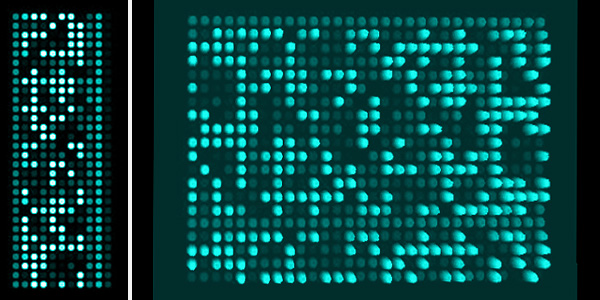 |
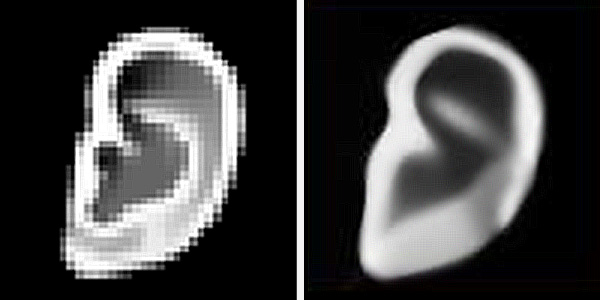 |
Compressing an image using neural networks provides original solutions to a wide range of frequent problems encountered with data treatment. Here is a comparison of an original, low-quality image and its representation with a compression rate of 150. |
Recognizing characters is a classic application of neural networks. It permits, for example, a steady and efficient treatment of mailing adresses or Flashcodes. |
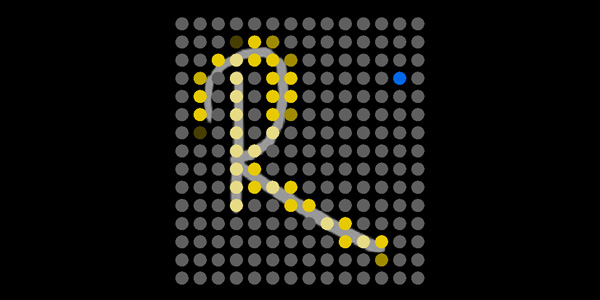 |
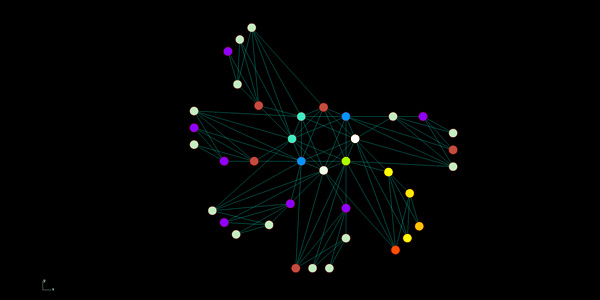 |
Here is a simplified neural model of the monitoring and command system for the steering of a hexapod robot : the cycle is as graphically visible as its "translation" in movement. |
Neural networks used to pilot a robot have a certain resemblance to the brain of an insect when other specific functionalities/behavious are added. |
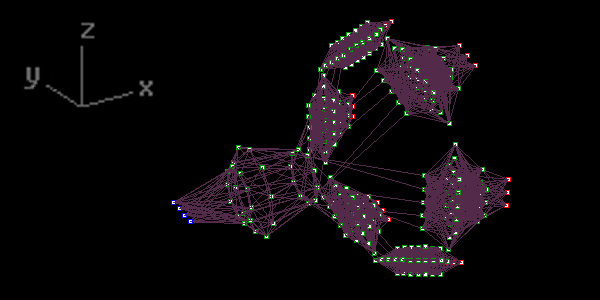 |